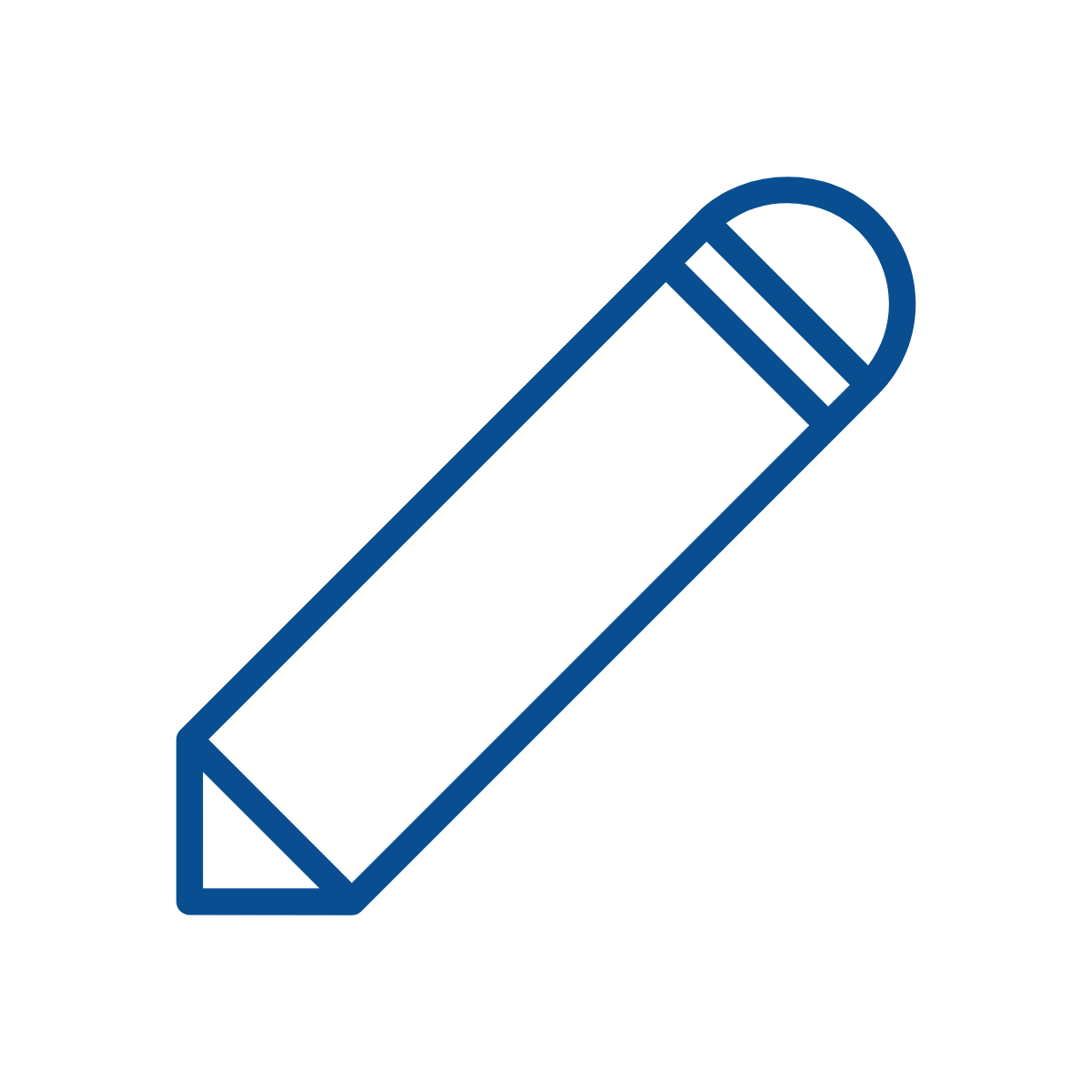- Accueil
- EN
- Studying at ULB
- Find your course
- UE
-
Share this page
INFO-H500
Image acquisition and processing
Branch(es) of study : Engineering sciences
Course teacher(s)
Olivier DEBEIR (Coordinator)ECTS credits
5
Language(s) of instruction
english
Course content
- Introduction: examples of application of the image processing from several domains, medical applications, industry, HCI...
- Human vision fundamentals
- Acquisition
- Definitions : the image processing chain
- Quantification : spatial, spectral and intensity color representation different acquisition modalities sensor,sensor+source,...
- Acquisition devices : CCD, CMOS, vidicon ultrasound light time-of-flight (TOF)
- Notions of compression : run-length-coding, hierarchical decomposition, Jpeg lossy compression
- Pre-processing - Histogram based image enhancement
- Linear filtering Fourier transform
- Fourier domain processing : e.g. interlaced image correction pattern matching
- Image restoration : Wiener filtering rank filter
- Morphomatematics definitions : ensemble, structuring element
- Basic operators : erosion, dilation, duality combined operators : opening, closing
- Hit-or-miss operator thinning and opening : skeleton, pruning,...
- Gray-level morphology watershed transform
- Segmentation/ object detection pixel based : threshold : optimal, Otsu
- Color segmentation border based: gradient, Laplacian, LoG
- Region based : split and merge, watershed(recall) mean-shift
- Hough transform
- Object description binary, image labelling, chain code, polygonal approximation, Fourier descriptors, invariant moments, convexity, fractal dimension, texture
Objectives (and/or specific learning outcomes)
Become familiar with basic numerical image processing
- be able to recognize image properties
- to apply basic filtering and denoising
- to segment an image using classical methods
- theoretical and practical skills are expected.
Prerequisites and Corequisites
Cours ayant celui-ci comme co-requis
Teaching methods and learning activities
Ex cathedra + practical work
References, bibliography, and recommended reading
- Handbook of Image & Video Processing
- Alan C. Bovik (Editor)
- Digital Image Processing: Concepts, Algorithms, and Scientific Applications
- Bernd Jahne (Author)
- Digital Image Processing
- Rafael C. Gonzalez (Author), Richard E. Woods (Author)
- Image Processing, Analysis, and Machine Vision
- Milan Sonka (Author), Vaclav Hlavac (Author), Roger Boyle (Author)
- A Wavelet Tour of Signal Processing, Second Edition (Wavelet Analysis & Its Applications).. Stephane Mallat (Author)
- The Image Processing Handbook, Second Edition
- John C. Russ (Author)
- Handbook of Medical Imaging: Processing and Analysis Management (Biomedical Engineering)
- Isaac Bankman (Editor)
- Handbook of Medical Imaging, Volume 2. Medical Image Processing and Analysis
- J.Michael Fitzpatrick (Author), Milan Sonka (Author)
- Active Contours: The Application of Techniques from Graphics, Vision, Control Theory and Statistics to Visual Tracking of Shapes in Motion
- Andrew Blake (Author), Michael Isard (Author)
- Handbook of Computer Vision and Applications, Three-Volume Set
- Bernd Jahne (Editor), Horst Haussecker (Editor), Peter Geissler (Editor)
- Mathematical Methods and Algorithms for Signal Processing
- Todd K. Moon (Author), Wynn C. Stirling (Author)
- Pattern Recognition Engineering
- Morton Nadler (Author), Eric P. Smith (Author)
- Mathematical Morphology in Image Processing (Optical Science and Engineering) [Hardcover]
- Edward Dougherty (Author)
- Digital Image Processing Methods (Optical Science and Engineering)
- Dougherty (Author)
Course notes
- Podcast
- Université virtuelle
Contribution to the teaching profile
This teaching unit contributes to the following competences:
-
Traiter et analyser des signaux de toute nature, 1D, image, vidéo, en particulier ceux issus des dispositifs médicaux
-
Se représenter les mécanismes biologiques fondamentaux depuis la biochimie de la cellule jusqu’au fonctionnement des principaux systèmes de la physiologie humaine
-
Gérer, explorer et analyser les données médicales (dossier médical, imagerie, génomique, statistiques)
-
Communiquer en anglais dans le domaine de l’ingénierie
Other information
Contacts
odebeir@ulb.ac.be
Campus
Solbosch
Evaluation
Method(s) of evaluation
- Oral examination
- Written report
Oral examination
Written report
- The evaluation of the practical work will be done on the basis of a series of assignments to be handed in during the term.
- Oral exam without note, depending on the circumstances, exam can be done remotely using Teams.
Mark calculation method (including weighting of intermediary marks)
80% oral exam + 20% on the quality of Practice work
oral exam (2 questions without notes)
- 1 theory question 50%
- 1 problem based question 50%
Language(s) of evaluation
- english
- (if applicable french )
